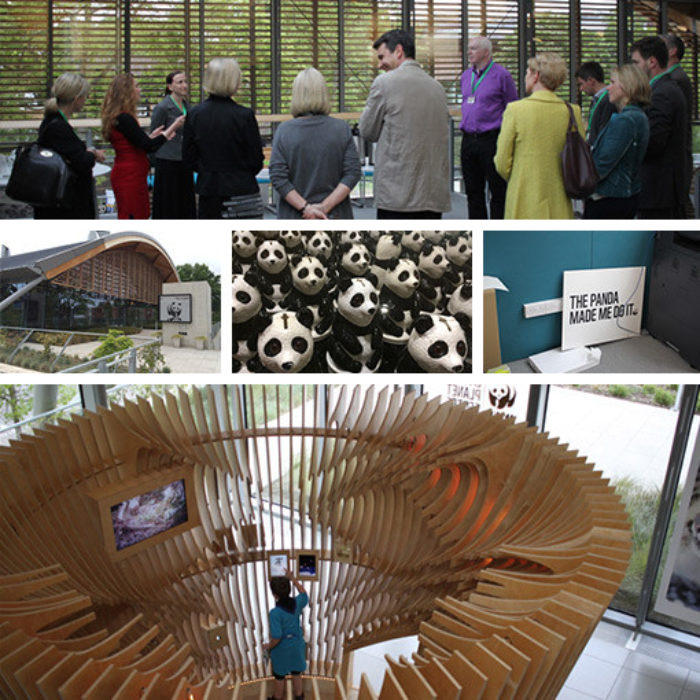The 5 big benefits of psychological safety
Everyone wants to feel safe at work. Not just physically, but mentally too. Safe to speak up and contribute ideas without fear of shame or rejection. Safe to engage in open and honest dialogues without fear of negative consequences. Safe to seek feedback, share weaknesses, take on new challenges, and continually learn and grow.
Safe to be their authentic selves.
The benefits of psychological safety
Creating and fostering a culture of psychological safety doesn’t just benefit colleague wellbeing:
- Attract and retain top talent: Organisations that successfully connect employees to their culture can improve employee retention by 36%. When individuals feel psychologically safe, they experience lower levels of stress and anxiety. They enjoy a sense of belonging, which contributes to higher job satisfaction, increased loyalty to the organisation, and improved overall wellbeing. Furthermore, when individuals feel valued and respected, they are more likely to stay with the organisation, thereby reducing turnover costs and maintaining institutional knowledge. A psychologically safe working environment also has the potential to enhance an organisation’s reputation.
- Improve employee engagement and performance: A study conducted by Gallup found that organisations with higher levels of psychological safety experienced higher employee engagement and performance, with employees feeling comfortable contributing their ideas, asking questions, and seeking feedback – resulting in higher levels of motivation. The study found that when 6/10 workers (as opposed to the U.S. average of 3/10) strongly agree that their opinions seem to count, organisations realised a 12% increase in productivity, and a 40% reduction in safety incidents.
- Enhance collaboration: Google’s “Project Aristotle” found that psychological safety was the most significant factor in high-performing teams. When colleagues feel safe to contribute their ideas and opinions, and are more willing to communicate openly and honestly, teams can collaborate effectively, resulting in improved performance, higher quality outcomes, and stronger team cohesion.
- Enhance creativity and innovation: A study by Amy Edmondson, a professor at Harvard Business School, revealed that teams with higher psychological safety had higher levels of creativity, innovation, and productivity. Psychological safety encourages individuals to think outside the box, take risks and share innovative ideas without the fear of judgment or criticism. Meaning that organisations can benefit from a diverse range of perspectives, and the ability to adapt to a changing market.
- Improve problem solving: Many organisations promote psychological safety by encouraging employees to take ownership of their decisions and learn from failures. In psychologically safe environments, employees are more likely to speak up about potential issues or challenges. This leads to early identification and resolution of problems.
A global perspective
Understanding cultural nuance is crucial for promoting psychological safety in diverse work environments. This poses a particular challenge for organisations operating on a global scale. While there are commonalities across territories, nuances impact how individuals perceive and experience psychological safety:
- North America and Europe: Work culture often emphasises individualism and direct communication. Psychological safety is promoted through open and transparent communication, where individuals are encouraged to express their opinions and challenge ideas. However, the fast-paced nature of work in these regions can sometimes lead to high levels of stress and pressure, which may impact psychological safety if not managed effectively.
- Asia: There is often a strong emphasis on hierarchy and respect for authority. This hierarchical structure can impact psychological safety, as employees may feel reluctant to speak up or challenge superiors’ ideas. Building trust and fostering open communication channels are essential to promote psychological safety in Asian work environments. Encouraging feedback and providing opportunities for anonymous suggestions can help mitigate power dynamics and create a safer space for expression.
- Latin America: Cultures, relationships and social connections are highly valued. Work environments are often characterised by close-knit teams and a sense of camaraderie. Psychological safety is fostered through strong interpersonal relationships, where team members feel comfortable sharing their thoughts and concerns. However, the downside of this close relationship culture is the potential for favouritism and cliques, which can undermine psychological safety if not managed carefully.
- Africa: Work culture places importance on communal values and collaboration. Teamwork and consensus-building are highly valued, and decisions are often made collectively. Psychological safety is promoted through a sense of belonging and shared responsibility. However, the collectivist nature of work in Africa can sometimes lead to a reluctance to challenge authority or express dissenting opinions, which may impact psychological safety.
- Middle East: Work culture is influenced by a combination of collectivism, hierarchy, and respect for authority. Psychological safety is fostered through strong relationships and trust-building, where employees feel comfortable expressing their views within the established power structures. However, cultural norms around hierarchy and deference to authority may limit open and direct communication, which can affect psychological safety.
- Australia and New Zealand: Here, work cultures value egalitarianism and work-life balance. Psychological safety is promoted through a collaborative and inclusive approach, where everyone’s input is valued, regardless of their position. The emphasis on work-life balance helps create an environment where employees feel supported and valued, contributing to psychological safety.
These are, of course, broad brush strokes; every team in every office in every organisation is going to have its own micro-culture and cultural challenges. So to ensure you’re utilising strategies and tactics that are tailored to work for you, I’d recommend gathering insight into how your own colleagues perceive and experience psychological safety.
However, creating and fostering a psychologically safe environment in the workplace is a shared responsibility that involves multiple stakeholders, and requires a collaborative effort from leaders at all levels of the organisation.
As responsibility for colleague psychological safety can vary by organisational structure and culture, it’s worth checking whose remit this falls under in your organisation (e.g. HR, Organisational Development, Health and Safety, Diversity and Inclusion…), just to ensure that it is appropriately resourced and managed.
Get started
If you’d like to know where to start, our culture diagnostic can help you identify where there’s room to improve psychological safety (plus many more cultural dimensions) in your business, and track your progress over time.
And thinking ahead to designing solutions, you can join us on our next interactive Behavioural Design Sprint for Health and Safety to see how we approach challenges such as this in a pacey, collaborative, insight-driven way.
Or reach out to schedule a conversation so we can chat further: email elaine.smith@corporateculture.co.uk




